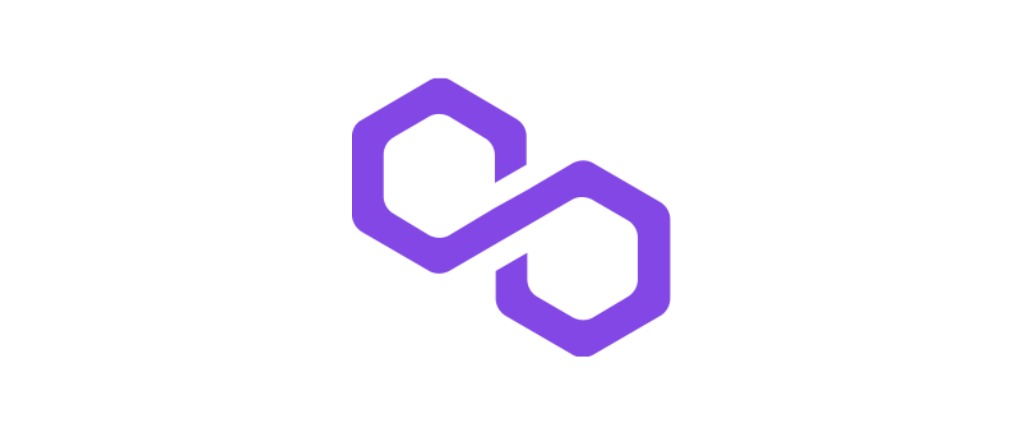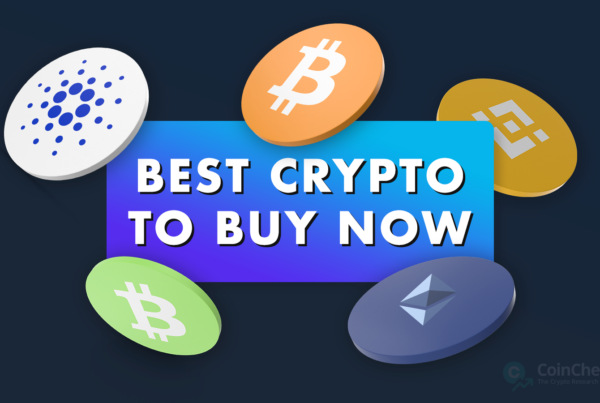Last week’s movements on the cryptocurrency markets could be described as the calm after the storm. After the crypto market bled out more than $250 billion from its total capitalization the week before, the price movements remained rather undramatic last week. Although Bitcoin and Ethereum recovered by a few percent last week the total crypto market capitalization remained virtually the same throughout last week and stood at $1.34 trillion at the beginning of week 21. While we do hope that this week will bring some more exciting moves, we surely don’t want the bloodbath week 20 type of exciting. Anyhow, you can never go wrong by throwing an eye on our Top 3 Coins to Watch selection.

3. Maker (MKR)
Maker Protocol was one of the earliest projects on Ethereum and remains the cornerstone of Ethereum’s decentralized finance ecosystem. This protocol, which launched already in 2015, allows users to lock up their Ethereum or other Ethereum-based assets as collateral to receive a loan in the form of Dai stablecoin. Dai, which is designed to trade as close to $1 as possible, is issued in a completely trustless manner. Its issuance and peg are governed by a complex system of Ethereum smart contracts. MKR is Maker Protocol’s governance token. Holders of these ERC-20 tokens can propose changes to the protocol and participate in governance polls.
Maker Protocol benefits from the UST and LUNA fiasco
MKR has recently demonstrated some interesting price action, which included a surge from $1000 levels to above $1800 between May 9 and May 12. While the token has since retraced back to around $1400, Maker Protocol still enjoys renewed attention from the crypto community. Interestingly, the reason for MKR’s recent success can be found in Terra’s lack of success. As it appears, Maker’s algorithmic stablecoin Dai has emerged as one of the best alternatives following the recent collapse of the Terra ecosystem, which included the implosion of both LUNA and UST markets. As UST holders (at least those who managed to escape with only moderate losses) liquidated their (un)stablecoin holdings they went on the lookout for a more reliable stable cryptocurrency. Judging by the growing market capitalization of DAI, the longest-running decentralized stablecoin convinced many investors. As a result, DAI climbed from 22nd to 16th place on the list of cryptocurrencies by market cap and MKR performed better than most other digital currencies during the recent market pullback. Can Maker Protocol harness the potentials of the revived attention to steal even more of the stablecoin market share and benefit in the longer run?

2. Polygon (MATIC)
Polygon, previously known as Matic Network, is a leading Ethereum Layer 2 scaling solution. The Polygon Layer 2 network consists of several simultaneously run proof-of-stake sidechains that regularly push the data to Ethereum to create network checkpoints. The protocol also aims to deliver supersonic speeds and throughput by utilizing a modified version of Plasma. Together with several other features and tweaks, Polygon provides a major scalability improvement to the biggest smart contract blockchain. By successfully overcoming Ethereum’s most limiting shortcomings Polygon has become attractive for DeFi projects and is establishing itself as one of the key DeFi networks.
Polygon and L3 Network Orbs launch a new DeFi accelerator program
According to a recently published announcement, Polygon has partnered with Orbs, a Layer 3 scaling solution, to launch a new DeFi accelerator program on DeFi.org accelerator platform. While the primary goal of the new accelerator is to help DeFi projects building on Polygon, DeFi.org team stated that projects utilizing both Polygon’s Layer 2 and Orbs’ Layer 3 infrastructure will receive special consideration. DeFi.org will offer several benefits to chosen projects, ranging far beyond funding. Developers of the accepted projects will get access to mentorship and exposure to large communities through listings on DeFi.org’s official website and other popular platforms. In addition, DeFi.org will provide supplementary liquidity injections to the best and most innovative projects. Although the total value of funds available for the program has not been revealed it is clear that the accelerator can only increase the number of DeFi projects deployed on Polygon and Orbs. On top of that, Aave launched the Lens Protocol, another project that could help boost Polygon adoption, on Wednesday, May 18. The Lens Protocol seeks to revolutionize the social networking sector by helping developers build social media dApps on the Polygon blockchain.
In contrast with traditional centralized social networks, Lens lets users own their content by storing it as NFTs stored in their crypto wallets. In addition, the protocol is open-source, censorship-resistant, and can connect with any number of other Polygon apps or services. Do you also think this can sprout innovation and deployment of new dApps on Polygon?

1. Near Protocol (NEAR)
Near is a highly scalable and developer friendly Layer 1 proof-of-stake blockchain competing with Ethereum, Solana and similar networks. The company behind Near Protocol claims that you can create simple decentralized apps (dApps) on Near in just five minutes. In addition, Near Protocol utilizes Nightshade sharding mechanism, which allows the network to perform up to 100,000 transactions per second. However, there are currently not many decentralized applications deployed on its ecosystem. According to DeFi Llama, the total vale locked (TVL) in 7 protocols running directly on Near is only $480 million. Combined with Aurora, the Ethereum Virtual Machine (EVM) running on the Near Protocol blockchain, the Near ecosystem has a TVL of $900 million.
Pocket Network deployed to Near Protocol, Near ups its NFT game
There are several developments that make NEAR our top coin to watch in Week 21. Firstly, the representatives of Pocket Network, a relay infrastructure middleware protocol has recently added support for Near Protocol. This is big news, as it allows Near native developers to deploy their dApps on more than 50 blockchains supported by the Pocket Network, including Ethereum, Solana, Fuse, Avalanche, Harmony, and Polygon. The integration with this multichain connectivity tool will bring faster app deployment times as well as more traffic and liquidity for protocols that decide to venture beyond the Near chain. At the same time, the Near team putting in a lot of work to enhance its NFT offering, as they believe the significantly cheaper Near Protocol can make NFTs more accessible to the masses. In fact, the project’s team will host a panel discussion about NFTs in the Near ecosystem at this month’s Near Town Hall Meeting. Nevertheless, the debate will not be exclusively about NFTs as important changes to the network, such as the changes to the block validation process, will be announced as well. If you want to be among the first to hear the announced changes, you can take part in the Near’s May Town Hall event that will take place on May 26, 2022, 5:00 PM GMT by registering here.



